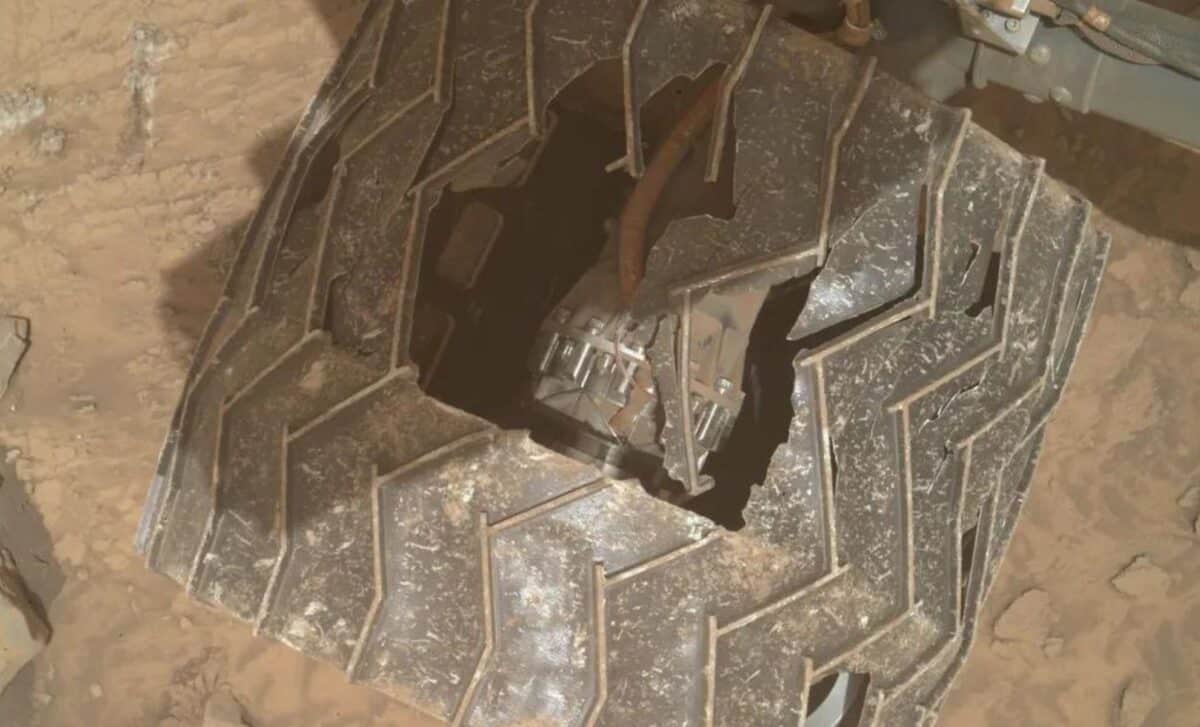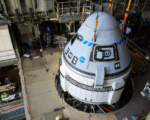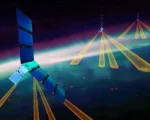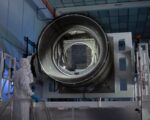After over a decade of exploring the Martian surface, NASA’s Curiosity rover is beginning to exhibit signs of wear and tear on its wheels. Since its landing in Gale Crater in 2012, the rover has traveled approximately 20 miles (32 kilometers) across challenging and rugged terrain, leading to visible deterioration of its six wheels. Recent images captured by the rover’s Mars Hand Lens Imager (MAHLI) on September 22, 2024, showcase various forms of damage, ranging from minor dents to more severe gashes, illustrating the tough conditions Curiosity has endured on Mars.
Despite the extensive wear, Ashley Stroupe, a Mission Operations Engineer at NASA’s Jet Propulsion Laboratory (JPL), has reassured the public that the wheels remain operational. The rover’s wheel deterioration has been an ongoing issue, with signs of wear first detected as early as 2013. Given the nature of the Martian landscape, which is often filled with sharp rocks and uneven surfaces, some degree of damage was anticipated. In response to this, the Curiosity team has instituted regular inspections to monitor the wheels’ condition closely, ensuring the rover can continue its mission effectively.
To extend the lifespan of the wheels, the mission team has implemented several strategies. On occasion, they have redirected Curiosity away from particularly treacherous terrains that could exacerbate the damage. Moreover, in 2017, JPL engineers uploaded new software that allows the rover to adjust the speed of each individual wheel. This software enables Curiosity to minimize the pressure exerted on its wheels while traversing rocky landscapes, helping to mitigate further wear and tear.
The resilience of Curiosity’s wheels is a testament to both the engineering that went into the rover’s design and the proactive measures taken by the mission team. As Curiosity continues to explore the Martian surface, the insights gained from its performance and the wear on its wheels will contribute valuable knowledge to future missions. The ongoing success of Curiosity serves as a reminder of human ingenuity and the drive to understand our neighboring planet, despite the challenges presented by its environment.
















